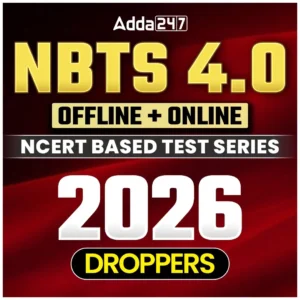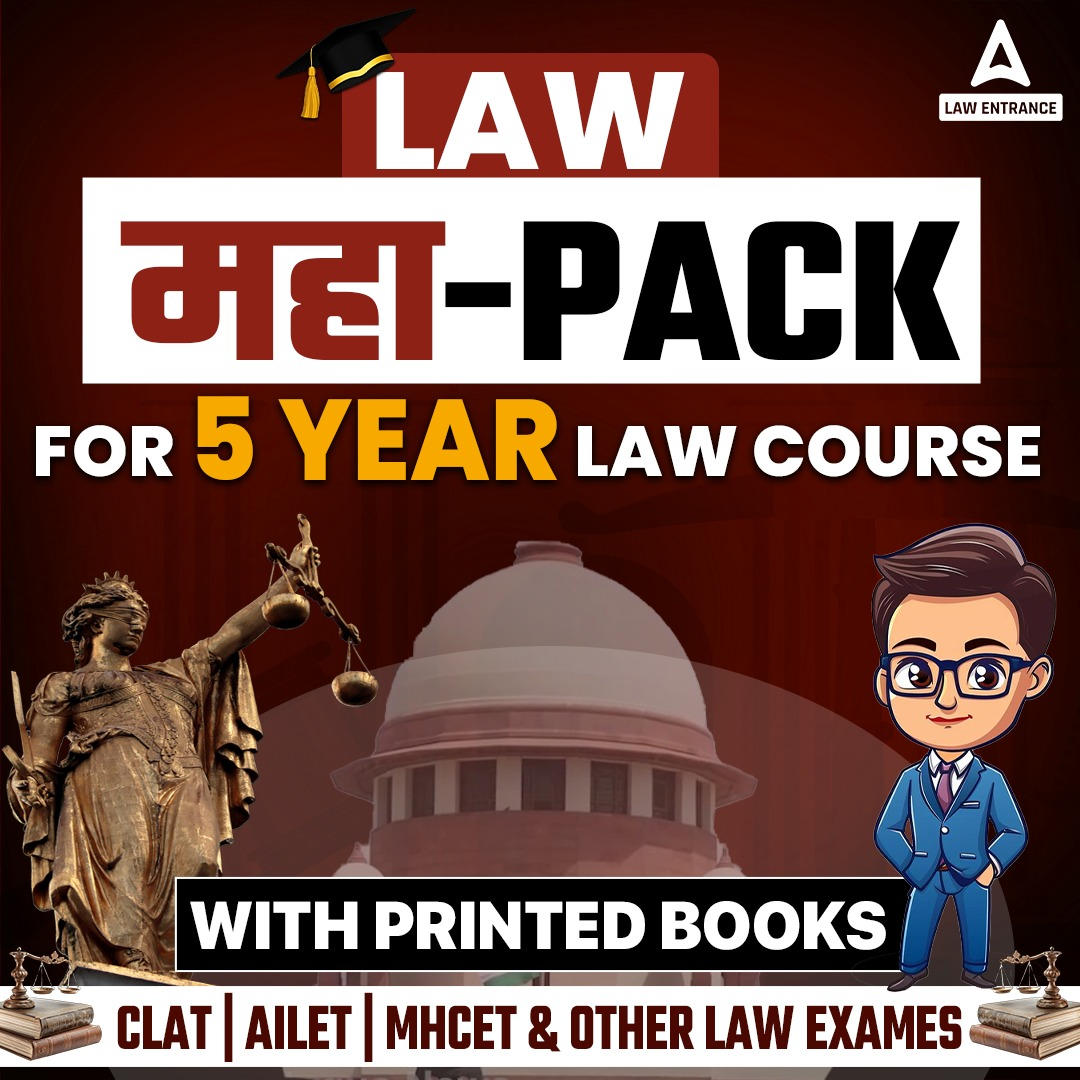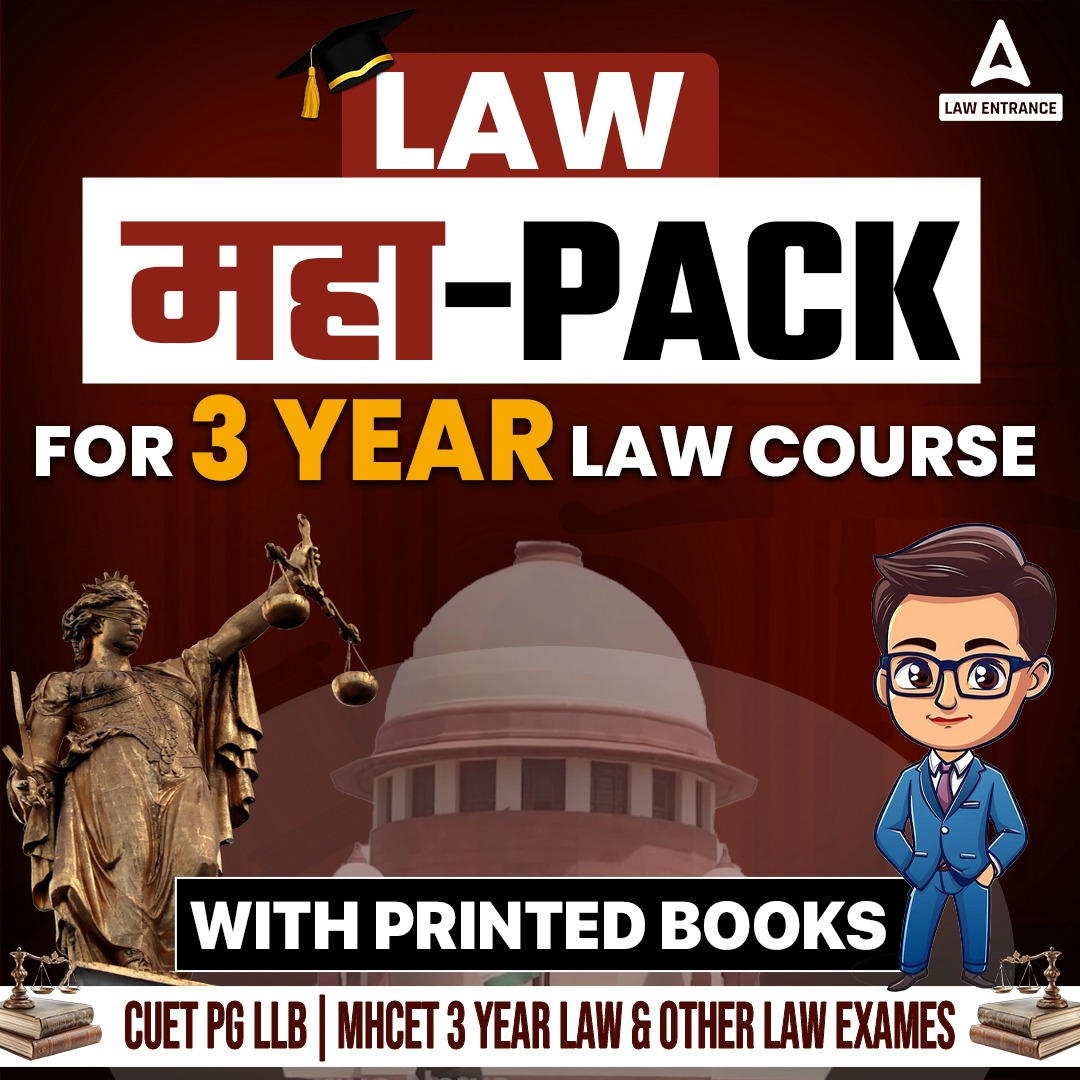Worried about the practical exams, and looking for the questions that can be asked? No worries, we got you covered! As the CBSE Class 12th Practical exams approach, it is time to start revising the viva questions. The examiners typically expect the students to give to-the-point answers for each question asked, so students must prepare their responses accordingly. Students must keep in mind to avoid any lengthy explanations and focus on key concepts from the CBSE Class 12th Physics syllabus. All the students with Physics as their major subject can check the CBSE Class 12 Physics Viva Questions with Answers in the article below.
CBSE Class 12 Physics Viva
The Central Board of Secondary Education conducts the practical exams for subjects like Physics, Chemistry, Biology, and Computer Science, along with other science and vocational subjects. These exams are important as they carry marks that contribute to the final result. The exact date for the CBSE Class 12 Physics practical varies as it depends on each school and the availability of examiners. For reference the students can check the CBSE Practical exam dates 2025 at the official website of the CBSE. Schools aim to finish the process early to avoid delays, as students also need time for their second pre-board exams and the final CBSE board exams.
CBSE Class 12 Physics Viva Questions with Answers
Here are some questions that may be asked in the CBSE Class 12 Physics exam, along with their answers. Students should also be ready to answer questions related to experiments done in the lab. These may include topics like testing Ohm’s law, measuring resistance, or studying how light bends (refraction) when passing through a prism. It is important to practice and understand these practical experiments to perform well in the exam.
Q1. What is Coulomb’s Law?
Answer: Coulomb’s Law states that the force between two charged objects depends on their charges and the distance between them. The force increases with higher charges and decreases as the objects move farther apart. It can be attractive or repulsive, depending on the charges being opposite or the same.
Q2. Define focal length and radius of curvature.
Answer: Focal Length – The focal length is the distance between the lens or mirror and its focus, where parallel rays of light meet after reflection or refraction. It tells us how strongly a lens or mirror can bend light to form an image.
Radius of Curvature – The radius of curvature is the distance between the center of a curved mirror or lens and its surface. It represents the radius of the sphere from which the mirror or lens is a part.
Q3. What is the formula of Ohm’s law?
Answer: V=IR, where V stands for voltage, I for current, and R is resistance.
Q4. What is Ohm’s Law?
Ans: Ohm’s law says that the current flowing in a wire depends on the voltage applied to it. If the voltage increases, the current also increases, as long as the wire’s temperature and other conditions don’t change. In simple terms, voltage and current are linked: more voltage means more current, and less voltage means less current, as long as the conditions stay the same.
Q5. Unit of current.
Answer: Ampere (A).
Q6. Give the SI unit of resistance.
Answer: Ohm (Ω)
Q7. SI unit of potential difference.
Answer: Volt (V).
Q8. Define electrical conductivity.
Answer: Electrical conductivity shows how well a material lets electricity flow through it. Materials with high conductivity allow electricity to pass easily, like metals, while materials with low conductivity, like rubber, resist electricity. It helps understand how different materials handle electric currents.
Q9. What is a p-n junction diode?
Answer: A p-n junction diode is an electronic device made by joining p-type and n-type semiconductors. It allows current to flow in one direction (forward bias) while blocking it in the opposite direction (reverse bias).
Q10. Define the photoelectric effect.
Answer: The photoelectric effect is the process where light falls on a metal surface, causing it to emit electrons. This happens when the light’s energy is enough to overcome the metal’s work function, releasing the electrons.
Q11. Define a rheostat.
Answer: A rheostat is a variable resistor with two terminals. It is used to adjust the current flowing through a circuit.
Q12. material is used in a rheostat’s wire.
Answer: The wire in a rheostat is usually made of constantan or manganin.
Q 13. What is the difference between potential difference and emf?
Answer: Potential difference is the work done to move a unit charge between two points in a circuit.
Emf is the potential difference across the terminals of a cell when no current is flowing.
Q14. Why are connecting wires thick and covered with cotton?
Answer: Thick wires have very low resistance, and the cotton covering prevents short-circuiting.
Q 15. Define metre bridge.
Answer: A metre bridge, or slide wire bridge, is a device based on the Wheatstone bridge principle. It is used to measure the unknown resistance of a conductor.
Q16. What is superconductivity?
Answer: Superconductivity is a state where certain materials exhibit zero resistance when cooled below a specific temperature.
Q17. What is a potentiometer?
Answer: A potentiometer is a device used to measure small potential differences accurately and compare the e.m.f of different cells.
Q18. What is the principle of a potentiometer?
Answer: The principle of a potentiometer states that the potential drop along a uniform wire carrying a steady current is directly proportional to the length of the wire.
Q19. How is a galvanometer converted into (a) a voltmeter and (b) an ammeter?
Answer: (a) To convert a galvanometer into a voltmeter, a high resistance is connected in series with it.
(b) To convert it into an ammeter, a low resistance is connected in parallel with it.
Q 20. How does temperature affect resistance?
Answer: As the temperature increases, the resistance of a conductor also increases.
Q 21. What is the reason behind the null point?
Answer: The null point is acquired because the cell’s e.m.f. is balanced by the potential variation along a particular length of the connected potentiometer wire.
Q 22. What is meant by a cell’s internal resistance?
Answer: The resistance applied by the cell’s electrolyte is known as the cell’s internal resistance.
Q 23. What is meant by a primary cell?
Answer: A primary cell is a type of cell that cannot be recharged.
Q 24. What is meant by a secondary cell?
Answer: A secondary cell is a type of cell that can be recharged.
Q 25. Why does a secondary cell give more electric current than a primary cell of the identical e.m.f.?
Answer: A secondary cell gives more electric current than a primary cell because a secondary cell possesses a very low internal resistance.
Q 26. Does resistance depend on the dimensions of the conductor?
Answer: Yes, resistance depends on the length and cross-sectional area of the conductor.
Q 27. What is specific resistance?
Answer: Specific resistance, or resistivity, is the resistance offered by a material per unit length and unit cross-sectional area under an applied voltage.
Q 28. What is the SI unit of resistivity?
Answer: ohm-metre (Ω·m).
Q 29. What is electrical conductivity?
Answer: Electrical conductivity measures how easily a material allows an electric current to pass through it.
Q 30. How is a galvanometer converted into (a) a voltmeter and (b) an ammeter?
Answer: (a) To convert a galvanometer into a voltmeter, a high resistance is connected in series with it.
(b) To convert it into an ammeter, a low resistance is connected in parallel with it.
Q 31. What is the unit to measure electric current?
Answer: Ampere is the unit used to measure the electric current.
Q 32. Define ampere.
Answer: An ampere is a unit of measure of the rate of electron flow or current in an electrical conductor.
Q 33. On the galvanometer scale, why is zero placed in the middle?
Answer: Zero is placed in the middle of the galvanometer since the galvanometer needle can deflect on both sides.
Q 34. Are there positive and negative terminals in the galvanometer?
Answer: There are no positive and negative terminals in the galvanometer.
Q 35. A galvanometer is known as the fundamental electrical measuring tool. Why?
Answer: A galvanometer is known as the fundamental electrical measuring tool because it is designed to measure voltage and current.
Q 36. Should the galvanometers possess a high or low resistance?
Answer: Galvanometers should possess a low resistance.

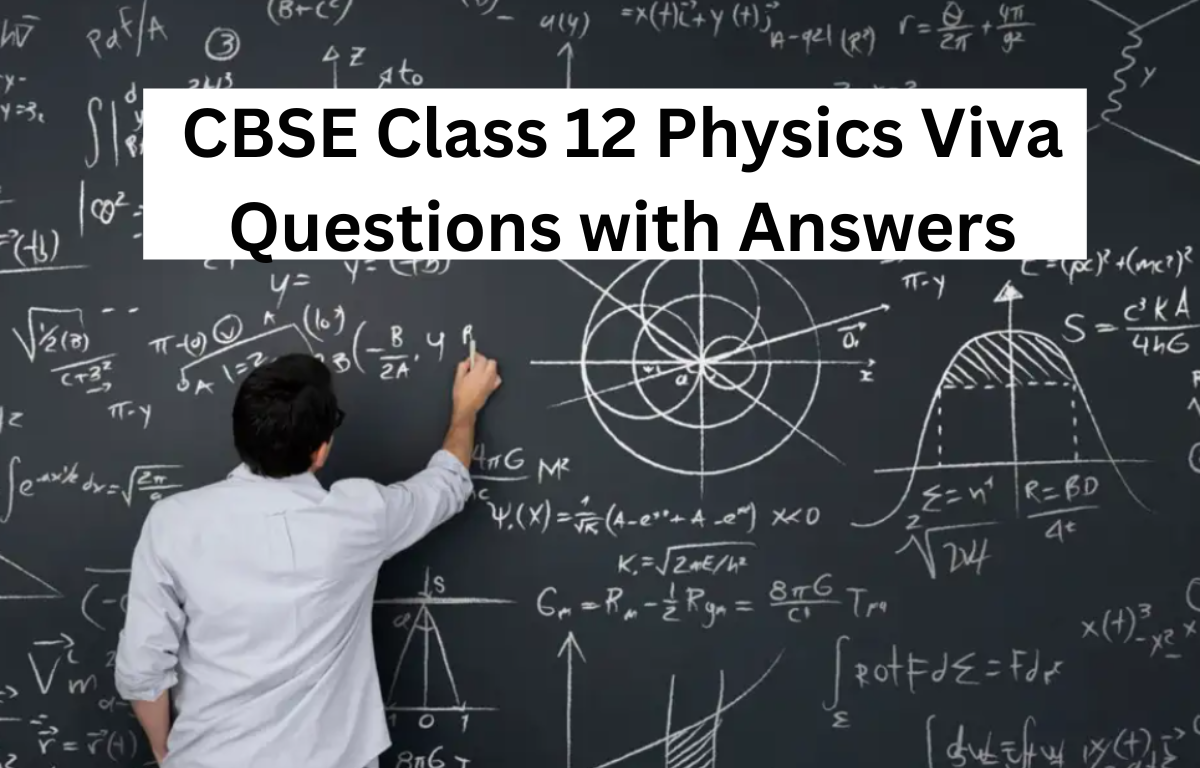

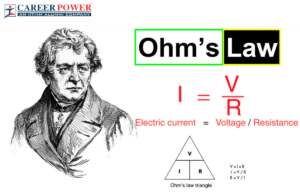 Ohm's Law: Definition, Formula, Limitati...
Ohm's Law: Definition, Formula, Limitati...
 Newton's First Law of Motion: Definition...
Newton's First Law of Motion: Definition...
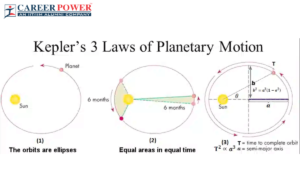 Kepler's Laws of Planetary Motion: First...
Kepler's Laws of Planetary Motion: First...


